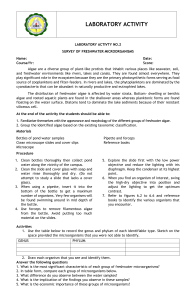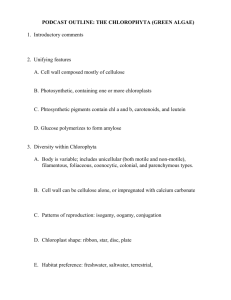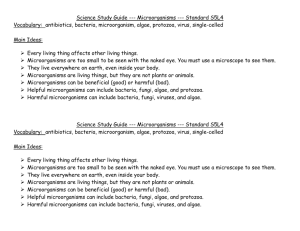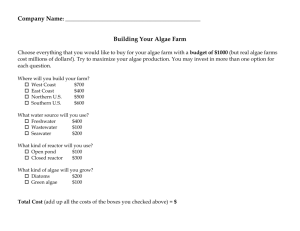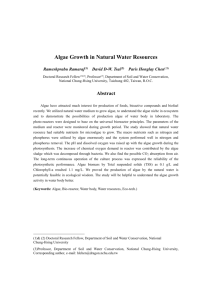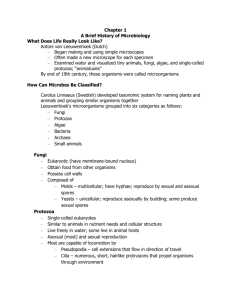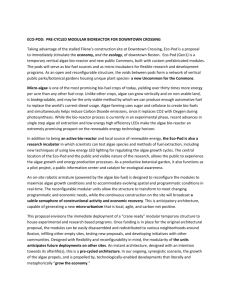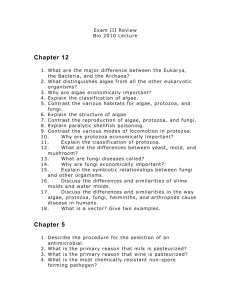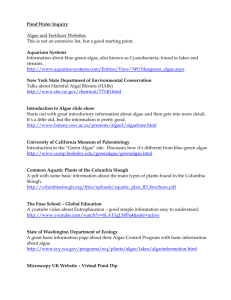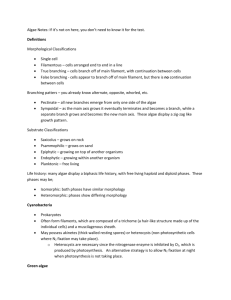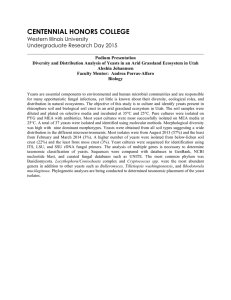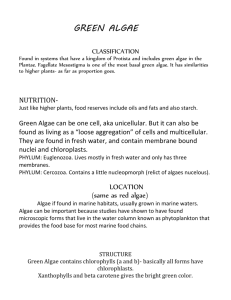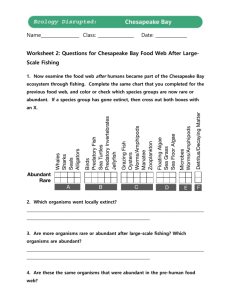National Institute of Industrial Property, Brazil (BR) Project: RQ013
advertisement
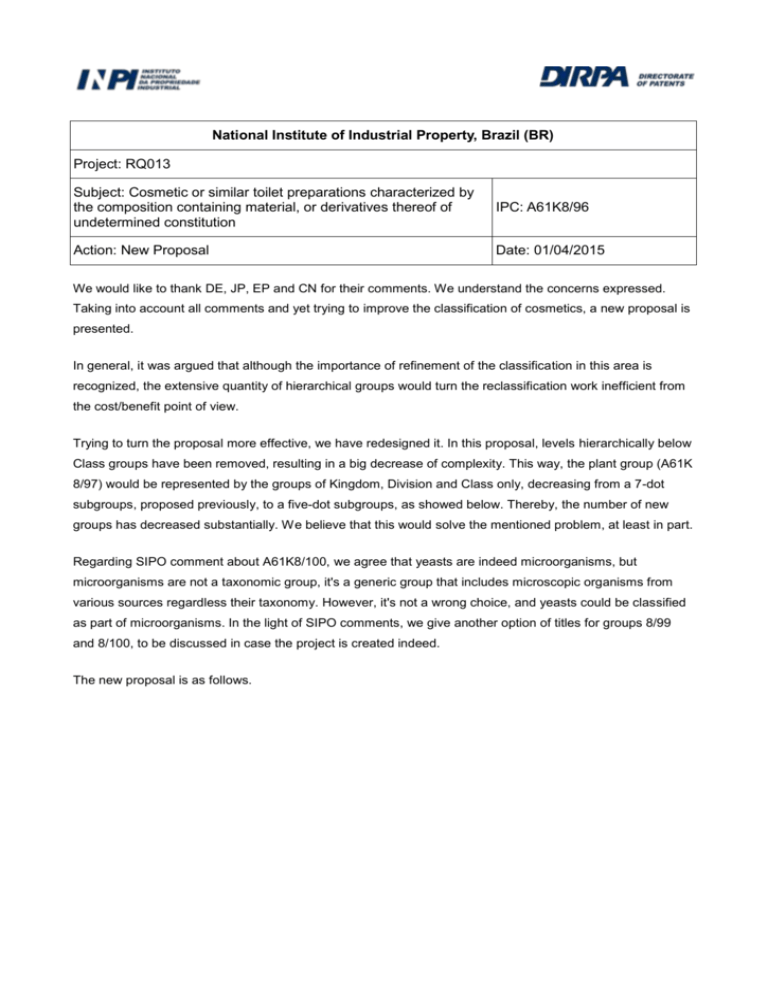
National Institute of Industrial Property, Brazil (BR) Project: RQ013 Subject: Cosmetic or similar toilet preparations characterized by the composition containing material, or derivatives thereof of undetermined constitution IPC: A61K8/96 Action: New Proposal Date: 01/04/2015 We would like to thank DE, JP, EP and CN for their comments. We understand the concerns expressed. Taking into account all comments and yet trying to improve the classification of cosmetics, a new proposal is presented. In general, it was argued that although the importance of refinement of the classification in this area is recognized, the extensive quantity of hierarchical groups would turn the reclassification work inefficient from the cost/benefit point of view. Trying to turn the proposal more effective, we have redesigned it. In this proposal, levels hierarchically below Class groups have been removed, resulting in a big decrease of complexity. This way, the plant group (A61K 8/97) would be represented by the groups of Kingdom, Division and Class only, decreasing from a 7-dot subgroups, proposed previously, to a five-dot subgroups, as showed below. Thereby, the number of new groups has decreased substantially. We believe that this would solve the mentioned problem, at least in part. Regarding SIPO comment about A61K8/100, we agree that yeasts are indeed microorganisms, but microorganisms are not a taxonomic group, it's a generic group that includes microscopic organisms from various sources regardless their taxonomy. However, it's not a wrong choice, and yeasts could be classified as part of microorganisms. In the light of SIPO comments, we give another option of titles for groups 8/99 and 8/100, to be discussed in case the project is created indeed. The new proposal is as follows. Proposal Type Symbol Dots Dots Title C A61K8/96 .. 2 Containing material, or derivatives thereof of undetermined constitution C A61K8/97 … 3 Of vegetable origin, e.g. plant extracts N A61K8/97005 …. 4 Algae N A61K8/97010 ….. 5 Phaeophycota or phaeophyta (brown algae), e.g. Fucus N A61K8/97015 ….. 5 Rhodophycota or rhodophyta (red algae), e.g. Porphyra N A61K8/97020 ….. 5 Chlorophycota or chlorophyta (green algae), e.g. Chlorella N A61K8/97025 …. 4 Lichens N A61K8/97030 …. 4 Bryophyta (mosses) N A61K8/97035 …. 4 Pteridophyta (ferns) N A61K8/97040 ….. 5 Filicopsida or Pteridopsida N A61K8/97051 …. 4 Gymnosperms (Coniferophyta) N A61K8/97056 ….. 5 Cupressaceae (Cypress family), e.g. juniper or cypress N A61K8/97061 ….. 5 Pinaceae (Pine family), e.g. pine or cedar N A61K8/97066 …. 4 Ginkgophyta, e.g. Ginkgoaceae (Ginkgo family) N A61K8/97071 …. 4 Gnetophyta, e.g. Ephedraceae (Mormon-tea family) N A61K8/97076 …. 4 Angiosperms (Magnoliophyta ) N A61K8/97081 ….. 5 Magnoliopsida (dicotyledons) N A61K8/97821 ….. 5 Liliopsida (monocotyledons) U A61K8/98 … 3 of animal origin M A61K8/99 … 3 from micro-organisms, e.g. yeasts or bacteria N A61K8/100 … 3 from fungi

